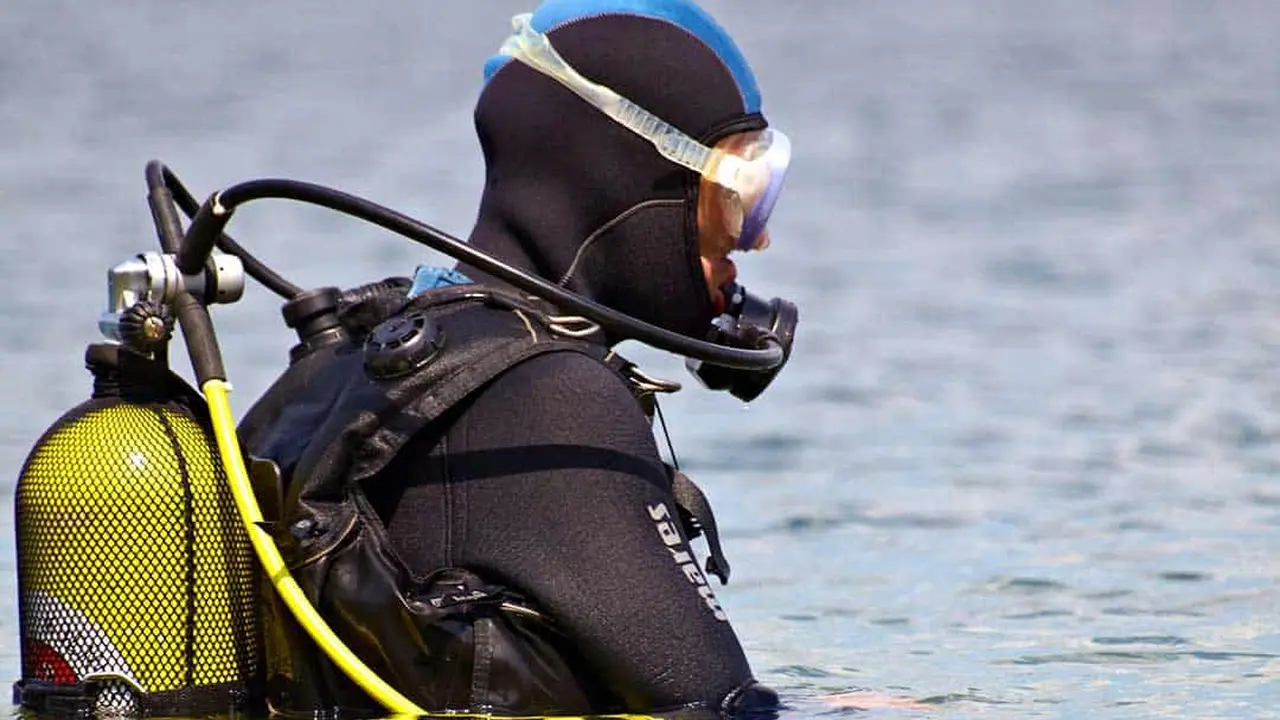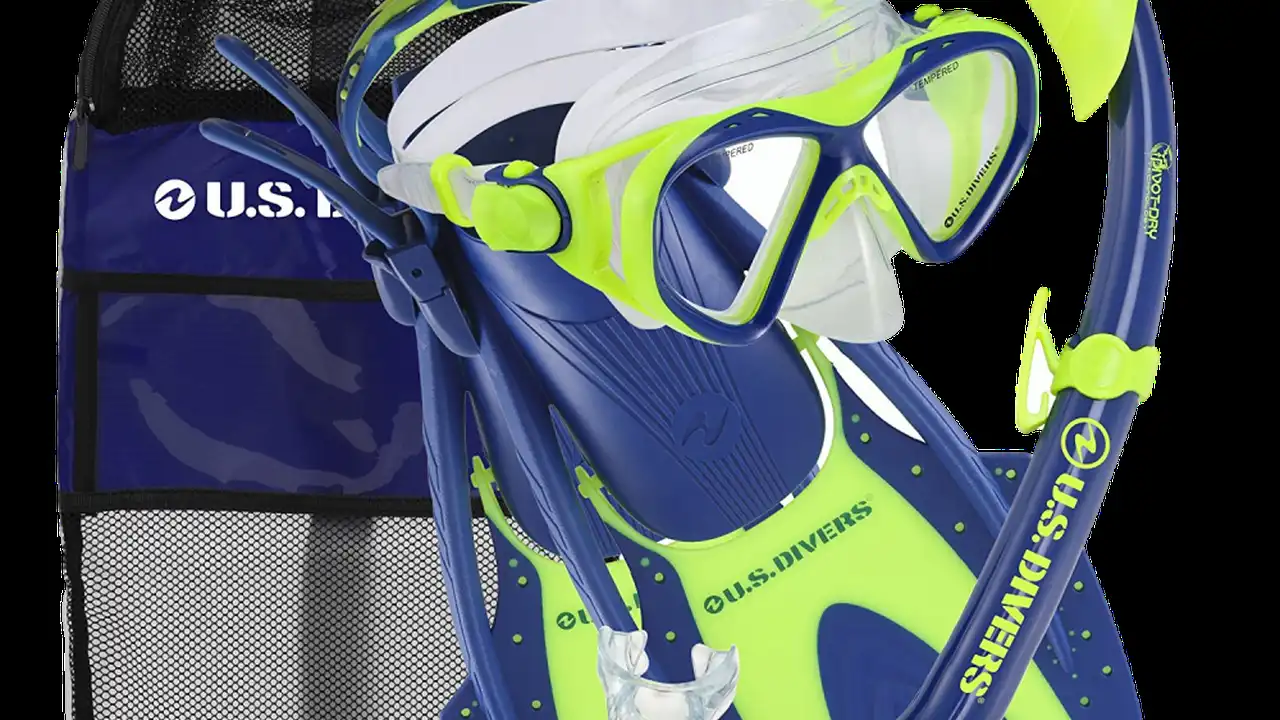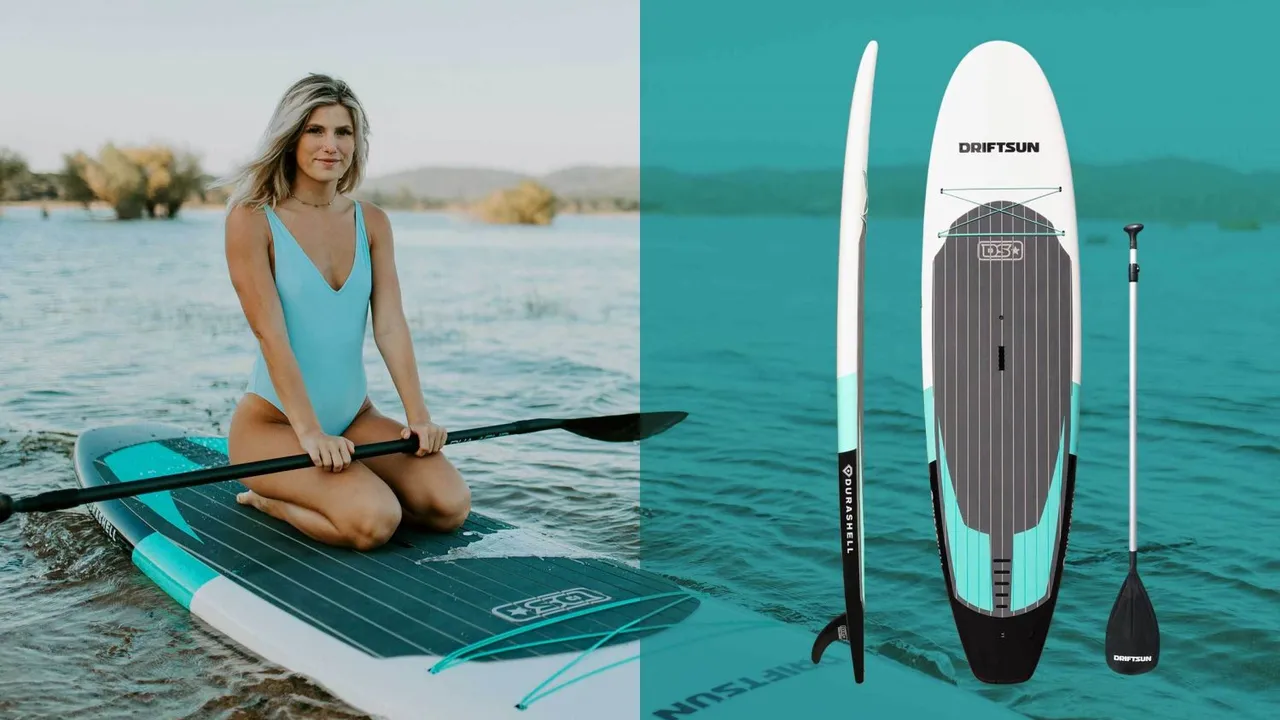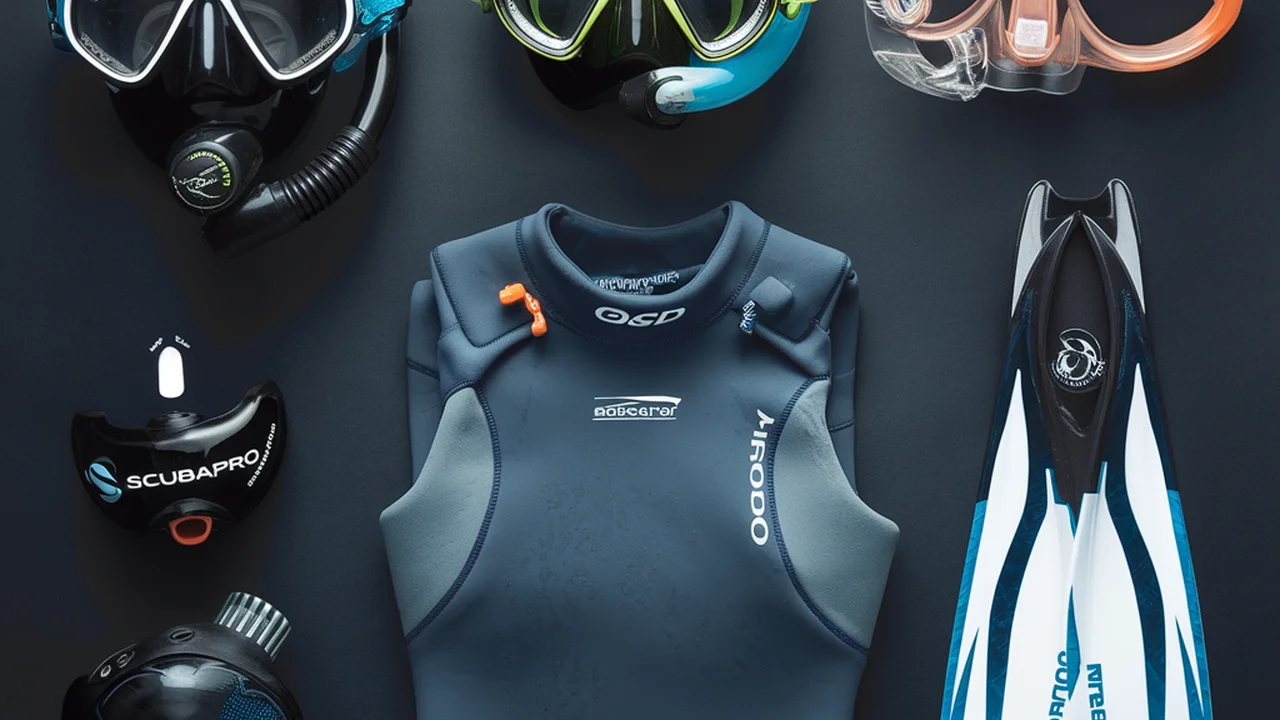Snorkeling Equipment Review: Top 5 Sets
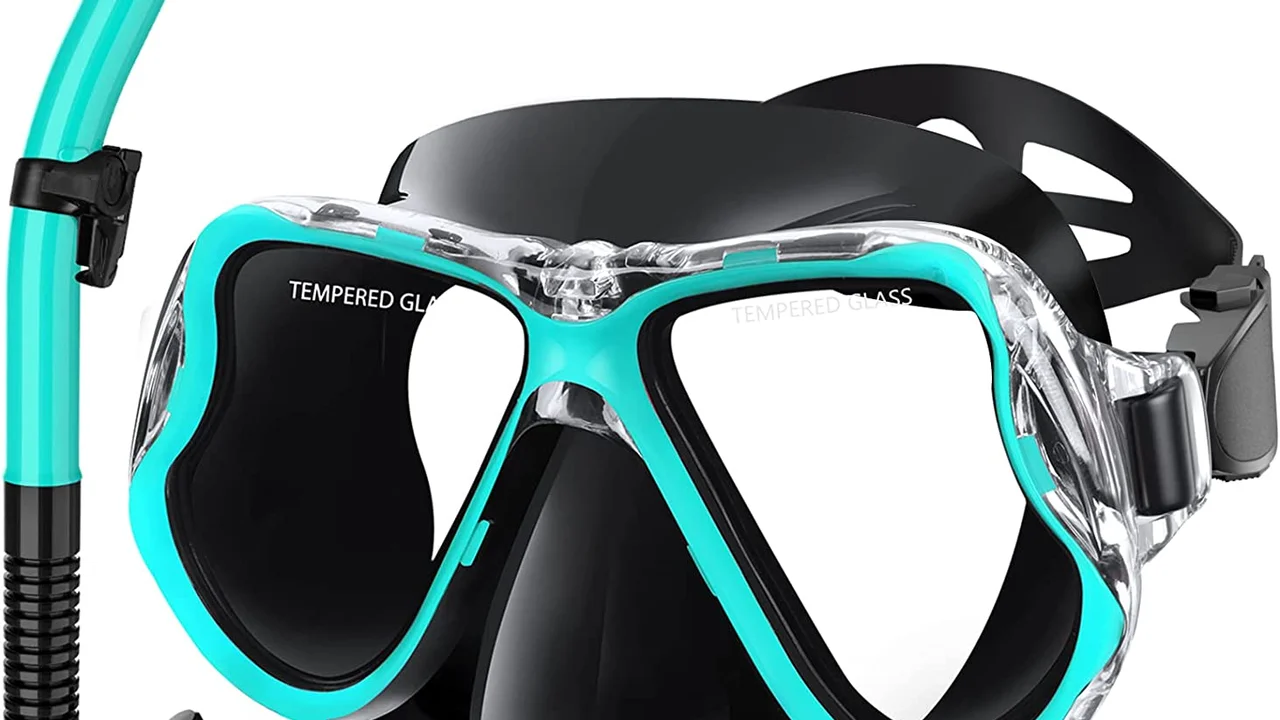
Unveiling the Snorkeling Paradise of the West Coast
The West Coast of the United States, stretching from the sunny shores of Southern California to the rugged coastlines of Washington, offers a diverse and captivating snorkeling experience. Unlike the tropical waters of the Caribbean or the coral reefs of the Pacific, the West Coast presents a unique underwater landscape shaped by kelp forests, rocky reefs, and a vibrant array of marine life adapted to cooler temperatures. This guide dives deep into the world of West Coast snorkeling, exploring the best locations, essential gear, and tips for a safe and unforgettable adventure.
Best Snorkeling Locations Along the West Coast
Choosing the right location is paramount for a successful snorkeling trip. The West Coast boasts numerous spots, each with its own distinct charm and marine ecosystem. Here are some of the top contenders:
Snorkeling in La Jolla Cove California A Marine Reserve Gem
La Jolla Cove, nestled in the heart of San Diego, is a protected marine reserve renowned for its clear waters and abundant marine life. The cove's calm waters and rocky reefs make it an ideal spot for beginner and experienced snorkelers alike. Expect to encounter vibrant orange Garibaldi fish (California's state fish), playful seals and sea lions, and a variety of other fascinating creatures.
Best Time to Snorkel: Summer and early fall offer the warmest water temperatures and clearest visibility.
What You'll See: Garibaldi, seals, sea lions, leopard sharks (harmless), kelp forests, and various invertebrates.
Tips: Arrive early to avoid crowds, especially during peak season. Be respectful of the marine life and maintain a safe distance. Consider taking a guided snorkeling tour for a more informative and enriching experience.
Monterey Bay California Snorkeling Amongst Kelp Forests
Monterey Bay, home to the world-famous Monterey Bay Aquarium, is a haven for marine biodiversity. Its kelp forests, swaying gently in the currents, provide shelter and sustenance for a vast array of species. Snorkeling in Monterey Bay offers a chance to witness this underwater ecosystem firsthand.
Best Time to Snorkel: Late summer and early fall, when the water is relatively calmer and clearer.
What You'll See: Sea otters, harbor seals, kelpfish, rockfish, and various invertebrates. You might even spot a whale breaching in the distance.
Tips: Water temperatures in Monterey Bay can be chilly, so a wetsuit is highly recommended. Check the local weather conditions and be aware of strong currents. Consider snorkeling with a buddy for added safety.
Channel Islands National Park California An Island Snorkeling Adventure
The Channel Islands National Park, often referred to as the "Galapagos of North America," offers a unique and pristine snorkeling experience. Located off the coast of Southern California, these islands are home to a diverse range of endemic species and stunning underwater landscapes.
Best Time to Snorkel: Summer and early fall provide the warmest water temperatures and calmest seas.
What You'll See: Garibaldi, giant sea bass, sea lions, seals, kelp forests, and a variety of colorful invertebrates. You may even encounter dolphins and whales during your boat ride to the islands.
Tips: Access to the Channel Islands requires a boat trip. Book your transportation and accommodation in advance, especially during peak season. Be prepared for potentially rough seas and bring appropriate seasickness medication if needed.
Oregon Coast Snorkeling Tide Pools and Rocky Shores
The Oregon Coast, known for its dramatic cliffs and rugged beauty, offers a different type of snorkeling experience. While the water may be colder and visibility less consistent than in Southern California, the Oregon Coast boasts fascinating tide pools and rocky shores teeming with life.
Best Time to Snorkel: Summer months offer the warmest water temperatures, but be prepared for cooler conditions overall.
What You'll See: Sea stars, anemones, crabs, urchins, and a variety of other intertidal creatures. You might also spot seals and seabirds along the coastline.
Tips: A thick wetsuit is essential for snorkeling in Oregon's waters. Check the tide charts and plan your snorkeling trip during low tide to access the tide pools. Be cautious of slippery rocks and strong currents.
Puget Sound Washington Snorkeling in the Emerald Waters
Puget Sound, a network of waterways in Washington State, offers a unique snorkeling experience in the heart of the Pacific Northwest. While the water can be chilly, the sound is home to a diverse range of marine life, including colorful sea stars, anemones, and various fish species.
Best Time to Snorkel: Summer and early fall offer the warmest water temperatures, but be prepared for cooler conditions overall.
What You'll See: Sea stars, anemones, crabs, rockfish, and various invertebrates. You might also spot seals and seabirds.
Tips: A dry suit or a very thick wetsuit is highly recommended for snorkeling in Puget Sound. Check the local weather conditions and be aware of strong currents. Consider snorkeling with a buddy for added safety.
Essential Snorkeling Gear for West Coast Waters
Having the right gear is crucial for a comfortable and safe snorkeling experience. Here's a breakdown of essential equipment:
Snorkeling Mask Choosing the Right Fit and Seal
A well-fitting mask is the foundation of any snorkeling adventure. Look for a mask that creates a comfortable and watertight seal around your face. Consider masks with low volume designs for better visibility and easier clearing.
Product Recommendation: The Cressi Palau Mask is a popular choice for its comfortable fit, wide field of vision, and durable construction. It's a great option for both beginners and experienced snorkelers.
Use Case: Use the Cressi Palau Mask for all types of snorkeling adventures, from exploring kelp forests to observing tide pools. Its wide field of vision allows you to fully appreciate the underwater scenery.
Pricing: Approximately $40-$50.
Snorkel Selecting a Dry Snorkel for Comfortable Breathing
A snorkel allows you to breathe comfortably while keeping your face submerged. Opt for a dry snorkel, which features a valve that prevents water from entering the tube when submerged. This is especially helpful in choppy waters.
Product Recommendation: The Seavenger Dry Top Snorkel is a reliable and affordable option. Its dry top valve effectively prevents water from entering the tube, and its comfortable mouthpiece ensures a comfortable fit.
Use Case: Use the Seavenger Dry Top Snorkel for snorkeling in various conditions, including choppy waters. Its dry top valve will help you stay comfortable and breathe easily.
Pricing: Approximately $20-$30.
Snorkeling Fins Enhancing Propulsion and Maneuverability
Fins provide propulsion and maneuverability in the water. Choose fins that fit comfortably and provide adequate thrust for your swimming style. Consider split fins for increased efficiency or paddle fins for greater power.
Product Recommendation: The U.S. Divers Cozumel Fins are a popular choice for their comfortable fit and efficient propulsion. They are a great option for both beginner and experienced snorkelers.
Use Case: Use the U.S. Divers Cozumel Fins for snorkeling in various conditions. Their efficient design will help you move through the water with ease.
Pricing: Approximately $30-$40.
Wetsuit Staying Warm in Cooler Waters
Water temperatures on the West Coast can be chilly, even during the summer months. A wetsuit is essential for staying warm and comfortable during your snorkeling adventures. Choose a wetsuit with a thickness appropriate for the water temperature.
Product Recommendation: The O'Neill Reactor 2 3/2mm Full Wetsuit is a versatile option for West Coast snorkeling. Its 3/2mm thickness provides adequate warmth for most conditions, and its flexible design allows for freedom of movement.
Use Case: Use the O'Neill Reactor 2 3/2mm Full Wetsuit for snorkeling in water temperatures between 60 and 70 degrees Fahrenheit.
Pricing: Approximately $100-$150.
Snorkeling Boots Protecting Your Feet and Improving Comfort
Snorkeling boots provide protection for your feet and improve comfort when wearing fins. They also help to keep your feet warm in cooler waters.
Product Recommendation: The Seavenger Zephyr 3mm Dive Boots are a comfortable and affordable option. They provide adequate protection and warmth for most snorkeling conditions.
Use Case: Use the Seavenger Zephyr 3mm Dive Boots with your snorkeling fins for added comfort and protection.
Pricing: Approximately $20-$30.
Snorkeling Vest Enhancing Buoyancy and Safety
A snorkeling vest provides added buoyancy and safety in the water. It can be especially helpful for beginner snorkelers or those who are not strong swimmers.
Product Recommendation: The Promate Snorkeling Vest is a popular choice for its comfortable fit and adjustable buoyancy. It provides added peace of mind while snorkeling.
Use Case: Use the Promate Snorkeling Vest for added buoyancy and safety, especially if you are a beginner snorkeler or not a strong swimmer.
Pricing: Approximately $30-$40.
Snorkeling Safety Tips and Best Practices
Safety should always be your top priority when snorkeling. Here are some essential safety tips to keep in mind:
Snorkeling with a Buddy The Importance of Teamwork
Always snorkel with a buddy. This allows you to look out for each other and provide assistance in case of an emergency.
Checking Weather Conditions Before Snorkeling
Before heading out, check the local weather conditions, including wind, waves, and visibility. Avoid snorkeling in rough seas or during inclement weather.
Understanding Tides and Currents When Snorkeling
Be aware of tides and currents, which can change rapidly and make snorkeling challenging. Avoid snorkeling in areas with strong currents.
Protecting Yourself from the Sun While Snorkeling
Protect yourself from the sun by wearing sunscreen, a rash guard, and a hat. Reapply sunscreen frequently, especially after being in the water.
Respecting Marine Life Maintaining a Safe Distance
Respect marine life and maintain a safe distance from animals. Avoid touching or feeding marine creatures.
Dealing with Snorkeling Emergencies Preparedness is Key
Know how to deal with common snorkeling emergencies, such as mask flooding, cramp, and exhaustion. Consider taking a snorkeling safety course.
Snorkeling for Beginners A Step-by-Step Guide
If you're new to snorkeling, here's a step-by-step guide to help you get started:
Choosing the Right Snorkeling Gear for Beginners
Start with basic gear that fits properly and is easy to use. A comfortable mask, a dry snorkel, and fins are essential.
Practicing in a Pool Before Snorkeling in the Ocean
Practice using your gear in a pool before heading to the ocean. This will help you become comfortable with breathing through the snorkel and using your fins.
Entering the Water Safely When Snorkeling
Enter the water slowly and cautiously, making sure to check the depth and conditions. Avoid jumping or diving into shallow water.
Clearing Your Snorkel and Mask Underwater
Learn how to clear your snorkel and mask underwater. This is an essential skill for dealing with water that may enter your gear.
Floating and Swimming Comfortably While Snorkeling
Practice floating and swimming comfortably while wearing your snorkeling gear. Relax and enjoy the underwater scenery.
Snorkeling and Photography Capturing Underwater Beauty
Snorkeling provides a fantastic opportunity to capture the beauty of the underwater world. Here are some tips for snorkeling photography:
Choosing the Right Underwater Camera for Snorkeling
Choose an underwater camera that is waterproof and easy to use. Consider cameras with built-in image stabilization and good low-light performance.
Mastering Underwater Photography Techniques
Learn basic underwater photography techniques, such as using natural light, getting close to your subject, and shooting in clear water.
Protecting Your Camera While Snorkeling
Protect your camera from damage by using a waterproof case and avoiding rough handling.
Editing Your Underwater Photos for Optimal Results
Edit your underwater photos to enhance colors, adjust brightness, and remove any distractions.
Snorkeling and Conservation Protecting Our Oceans
As snorkelers, we have a responsibility to protect the oceans and marine life. Here are some ways to practice responsible snorkeling:
Avoiding Touching or Disturbing Marine Life
Avoid touching or disturbing marine life. Observe animals from a safe distance and do not interfere with their natural behavior.
Reducing Your Environmental Impact While Snorkeling
Reduce your environmental impact by using reef-safe sunscreen, avoiding single-use plastics, and disposing of trash properly.
Supporting Marine Conservation Organizations
Support marine conservation organizations that are working to protect our oceans and marine life.
Educating Others About Marine Conservation
Educate others about the importance of marine conservation and encourage them to practice responsible snorkeling.
Snorkeling West Coast A Year-Round Adventure
While summer and early fall offer the most favorable conditions, snorkeling on the West Coast can be enjoyed year-round with the right gear and preparation. Embrace the unique underwater landscapes and discover the hidden wonders that await beneath the surface.
:max_bytes(150000):strip_icc()/277019-baked-pork-chops-with-cream-of-mushroom-soup-DDMFS-beauty-4x3-BG-7505-5762b731cf30447d9cbbbbbf387beafa.jpg)



